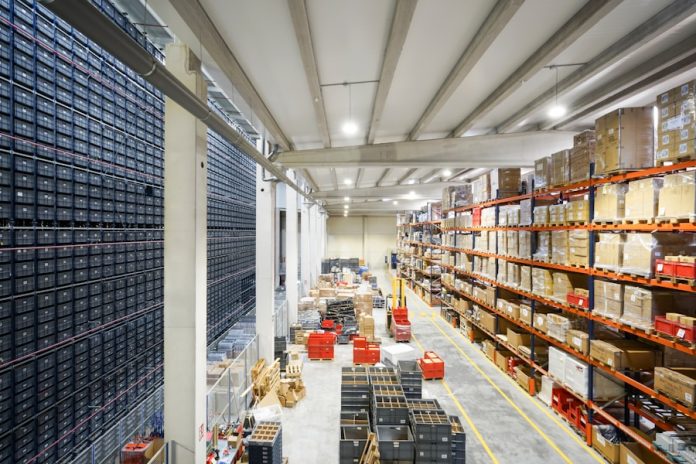
Businesses in the warehousing industry must ensure the safety of their employees, adhering to health and safety regulations similar to those in other manual or factory sectors. Given the fast-paced and physically demanding nature of working in a warehouse, numerous hazards can lead to serious injuries.
In this article, we’ll discuss the health and safety regulations in the warehousing industry and best practices to keep your workforce safe.
What are the Warehouse Health and Safety Regulations?
Warehouse health and safety regulations in the United States are primarily governed by the Occupational Safety and Health Administration (OSHA). They include OSHA Regulations (29 CFR 1910), the primary federal workplace safety rules, many of which are relevant to warehousing, including hazard communication, materials handling, machine guarding, and personal protective equipment (PPE) requirements.
Other standards and laws apply, including the National Fire Protection Association (NFPA) and the Occupational Safety and Health Act of 1970. Together, the laws and standards form the framework for safe warehouse operations, though requirements may vary depending on your facility’s layout, processes, and inventory type. These rules aim to safeguard employees from common hazards such as heavy lifting, forklift accidents, falls, and exposure to harmful substances.
Why is Health and Safety Important in a Warehouse?
Warehouses are high-risk environments where staff regularly handle heavy equipment, operate machinery such as forklifts, and manage large volumes of inventory, often under time pressure. A recent report from the U.S. Government Accountability Office found that package delivery and warehouse workers suffered the highest estimated rate of serious injury in the private sector, with almost four in 100 full-time workers experiencing serious injuries in 2022.
Without proper safety measures, the risk of workplace injuries, illness, or even fatalities significantly increases. To avoid this and keep your teams safe, you must implement strong health and safety practices and equipment. Ensure your staff receives comprehensive training on slip and trip prevention, manual handling techniques, and the correct use of PPE before they start work.
Your facility should have disconnect switches to allow workers to quickly shut off power to machinery during maintenance, emergencies, and equipment failures. It will help prevent electrical shocks and serious injuries when they’re using conveyors and forklifts, ensuring equipment is properly isolated before work begins.
Lowering Employee Turnover and Reducing the Threat of Legal Issues
Fewer injuries and near misses will result in fewer absences and a lower risk of long-term physical and mental health issues, thereby directly reducing the number of lost workdays. Your facilities’ productivity is more likely to improve if employees know they can rely on a safe work environment.
A safe workplace also promotes employee confidence and morale. Workers are more likely to stay with a company that values their well-being, which in turn lowers turnover and reduces the cost and disruption associated with hiring and training new staff. Experienced teams can work more efficiently and with greater accuracy.
Maintaining warehouse safety will reduce the likelihood of costly legal issues. Failing to meet OSHA regulations or national safety standards can result in large fines and legal claims, but the reputational damage to your business can have the most significant impact. Treat investing in your facilities’ health and safety as a cost-effective business strategy, not just a legal obligation.

